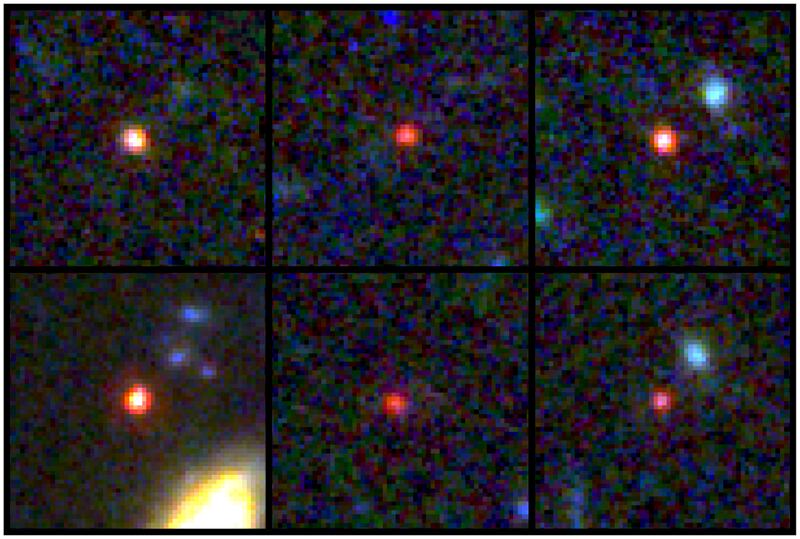On Wednesday, astronomers published in Nature the discovery of six monster universes that were created less than 600 million years after the Big Bang — the oldest yet — and are puzzling scientists because of their size.
Ivo Labbé, the lead researcher on the study and astronomer at the Swinburne University of Technology, said his team wasn’t expecting to find anything so big this close to the beginning of the universe.
“While most galaxies in this era are still small and only gradually growing larger over time,” he told The Associated Press, “there are a few monsters that fast-track to maturity. Why this is the case or how this would work is unknown.”
The Big Bang model is the widely accepted theory of how the universe came into existence over 13.7 billion years ago and explains why the universe is still expanding today. So theoretically, the farther away we can see, the farther back in time we can go and the more we can learn about the beginning of the universe.
With that in mind, it’s safe to say that we are still learning a lot about space, with more and more powerful telescopes like the James Webb Space Telescope used to get pictures of these six galaxies.
The “universe breakers,” as researcher Joel Leja calls them, per CNN, are literally breaking open what astronomers thought they knew about the creation of the universe and is a contradiction to the established Big Bang Theory.
“We looked into the very early universe for the first time and had no idea what we were going to find,” Leja said, reported CNN. “It turns out we found something so unexpected it actually creates problems for science. It calls the whole picture of early galaxy formation into question.”
Researchers are looking into it further. Even though existing data “indicated they are likely galaxies,” Leja said that it’s possible the objects they found could be something else entirely.
“This is our first glimpse back this far, so it’s important that we keep an open mind about what we are seeing,” Leja said, per CNN.
More data and research are needed, but answers are expected within a year.


